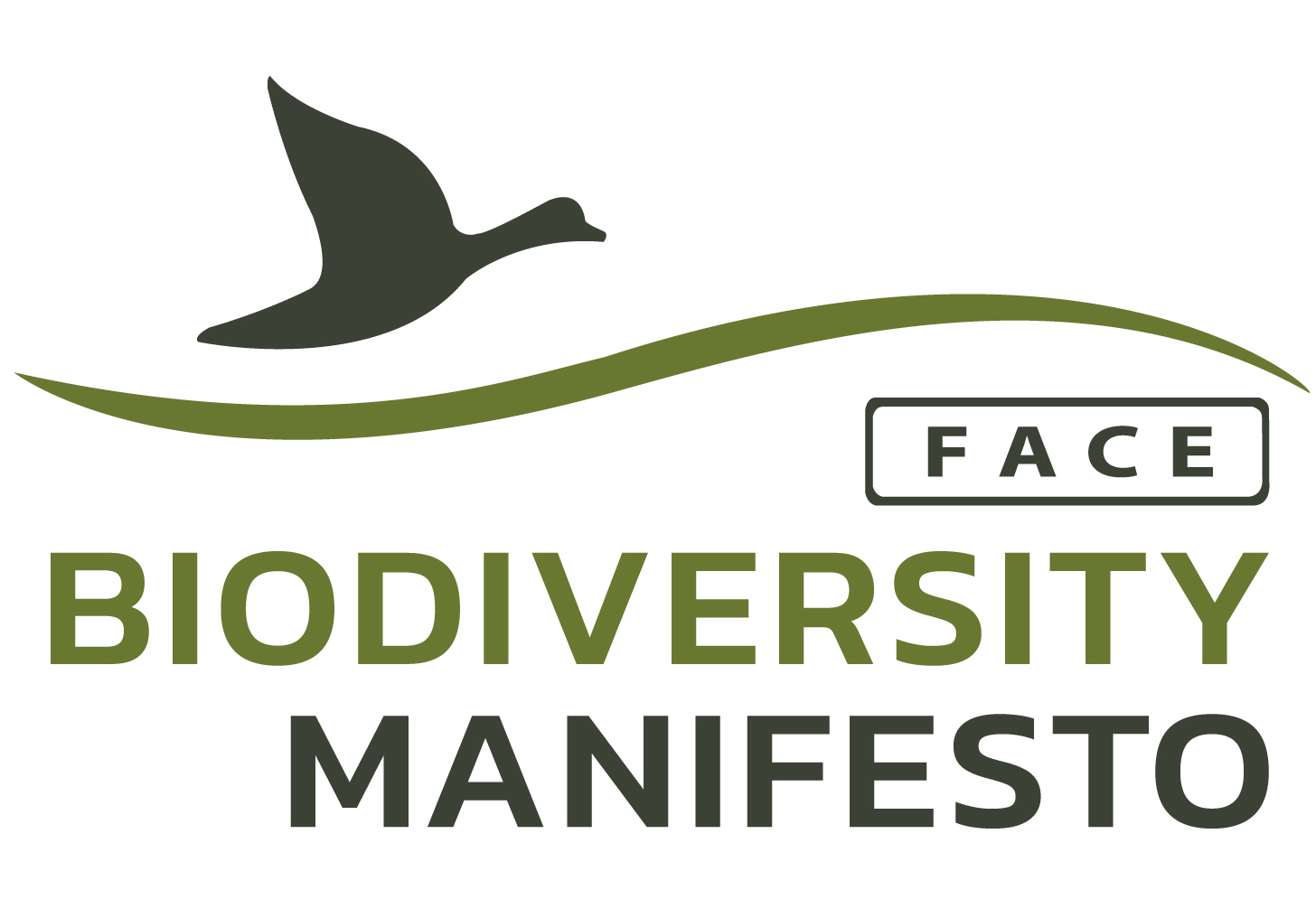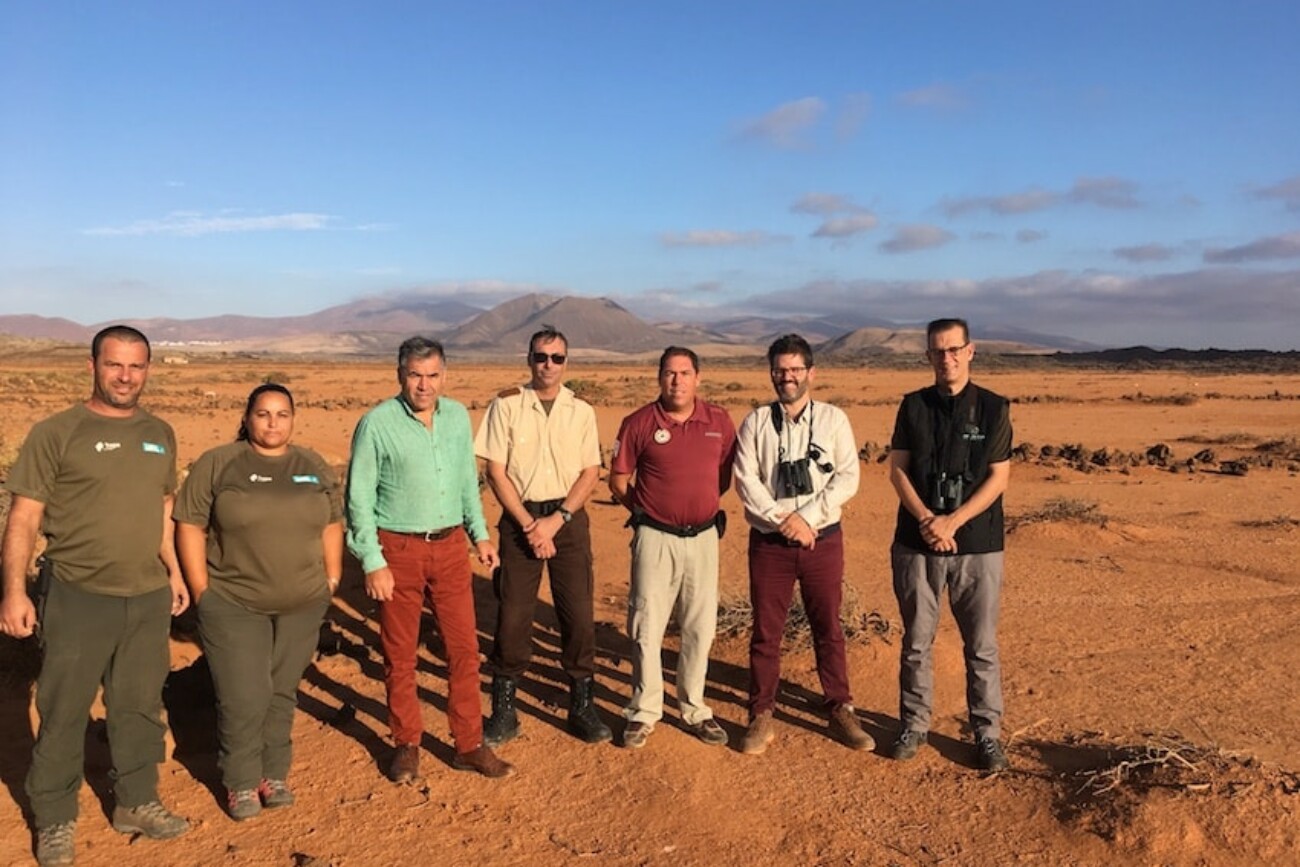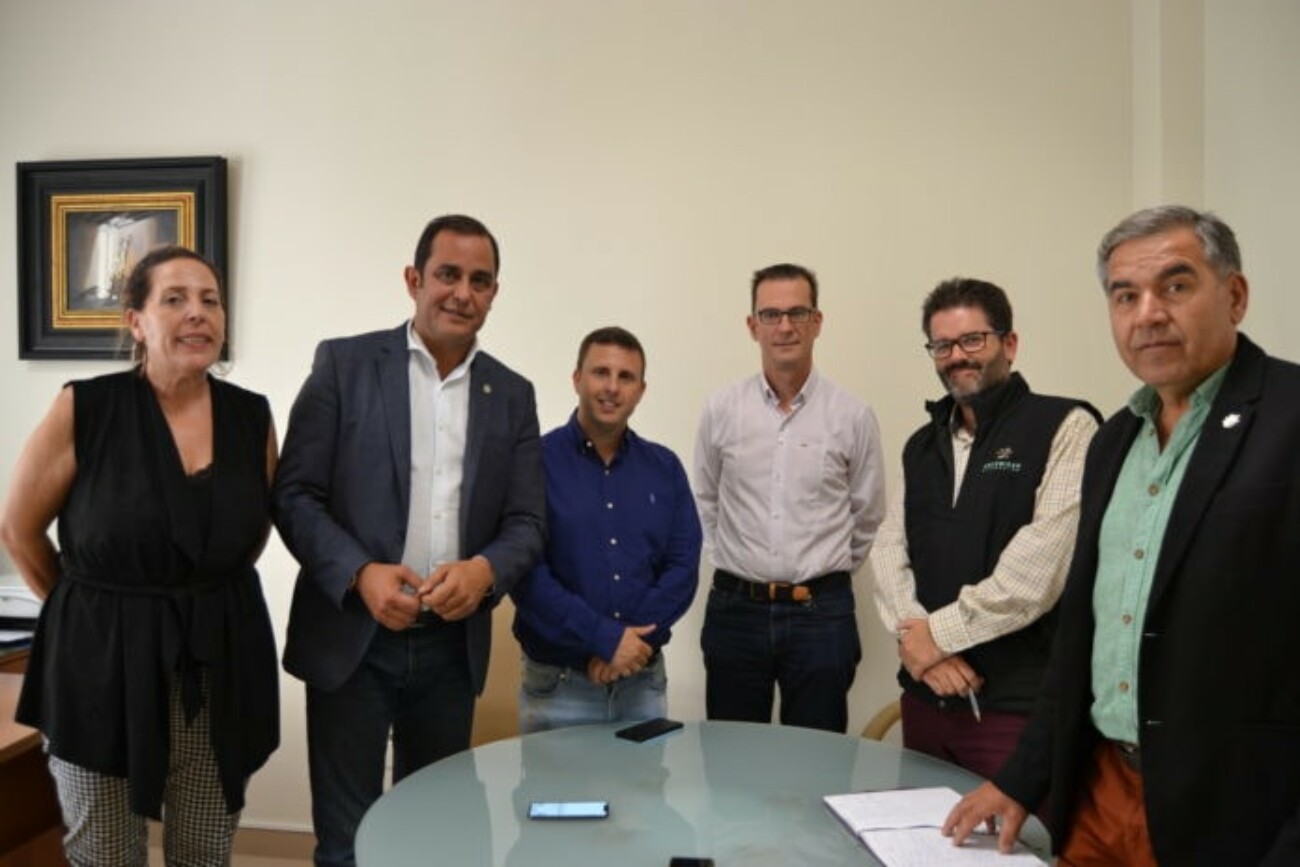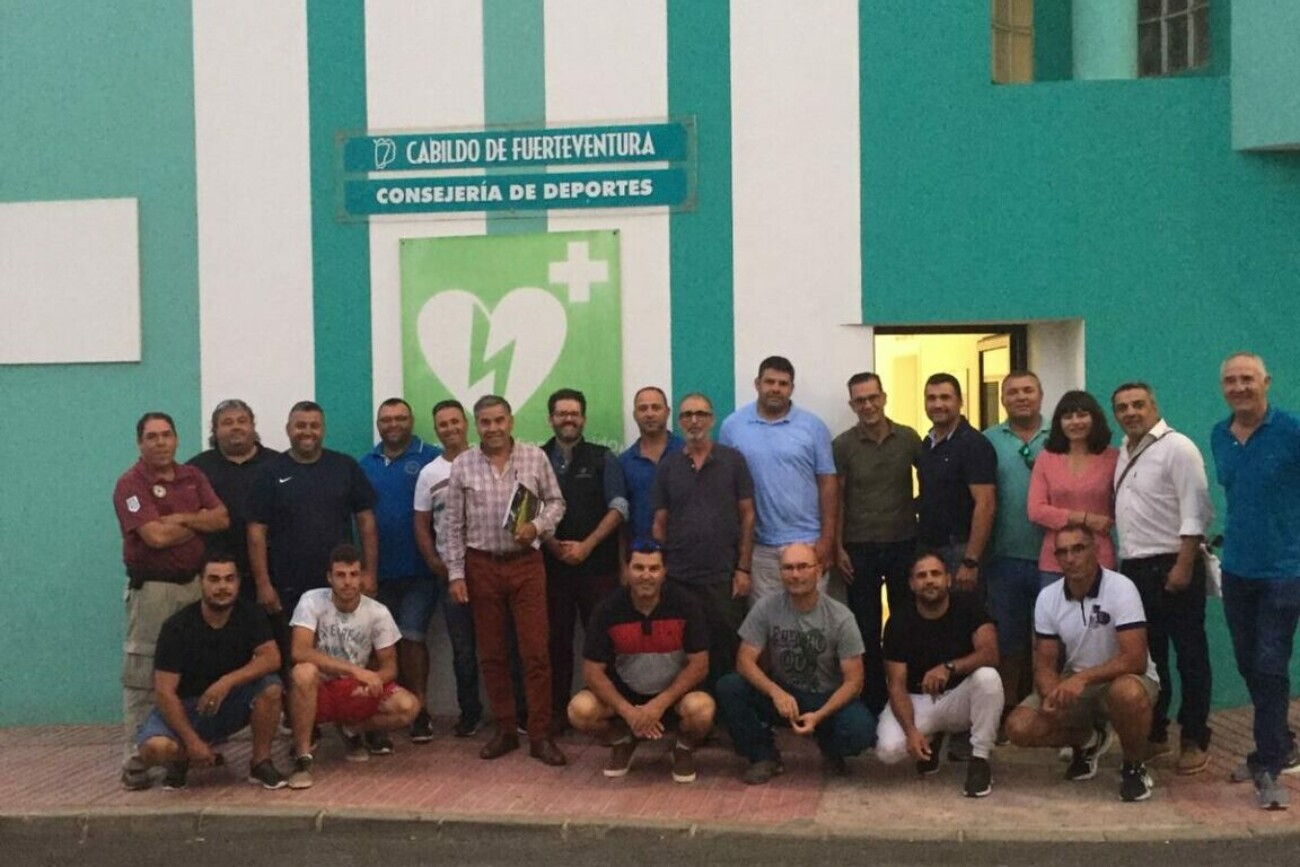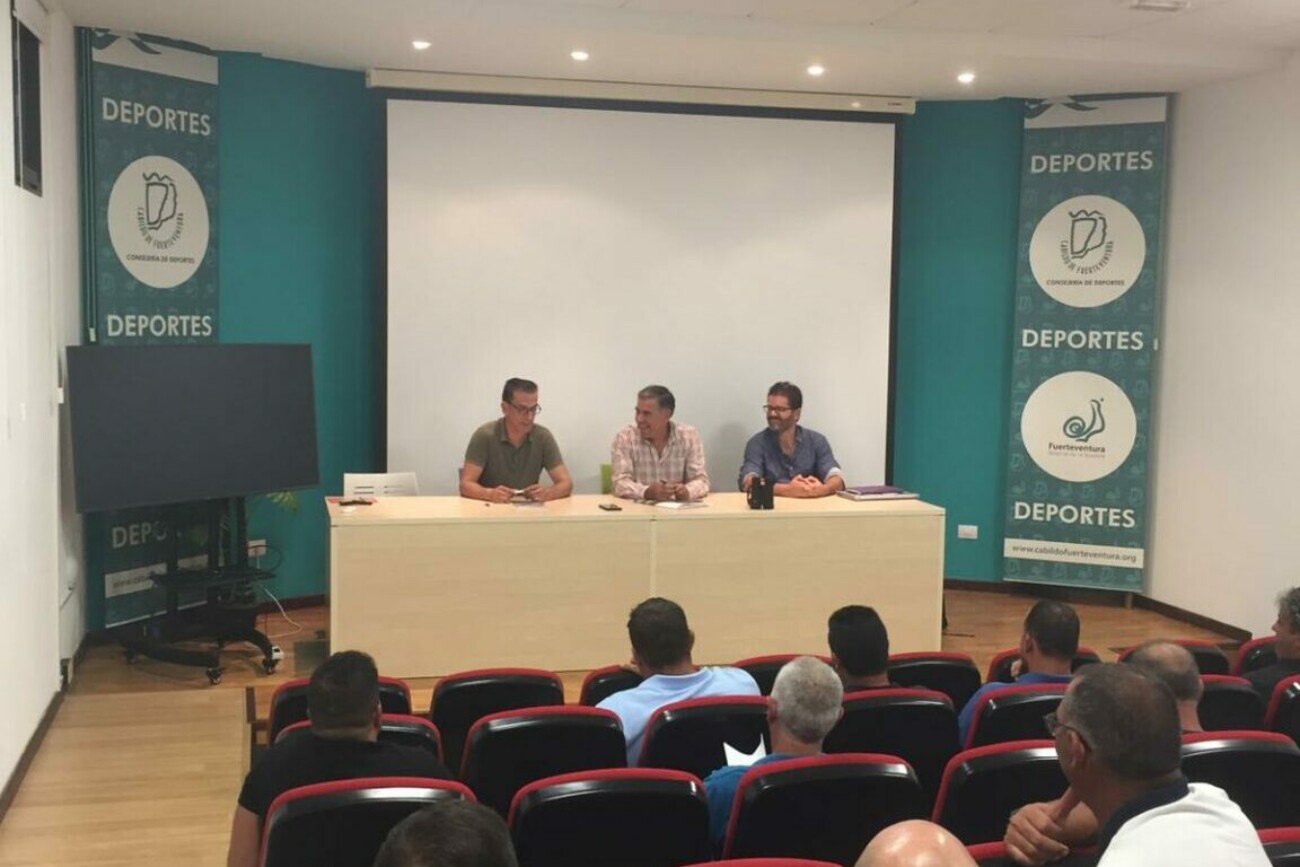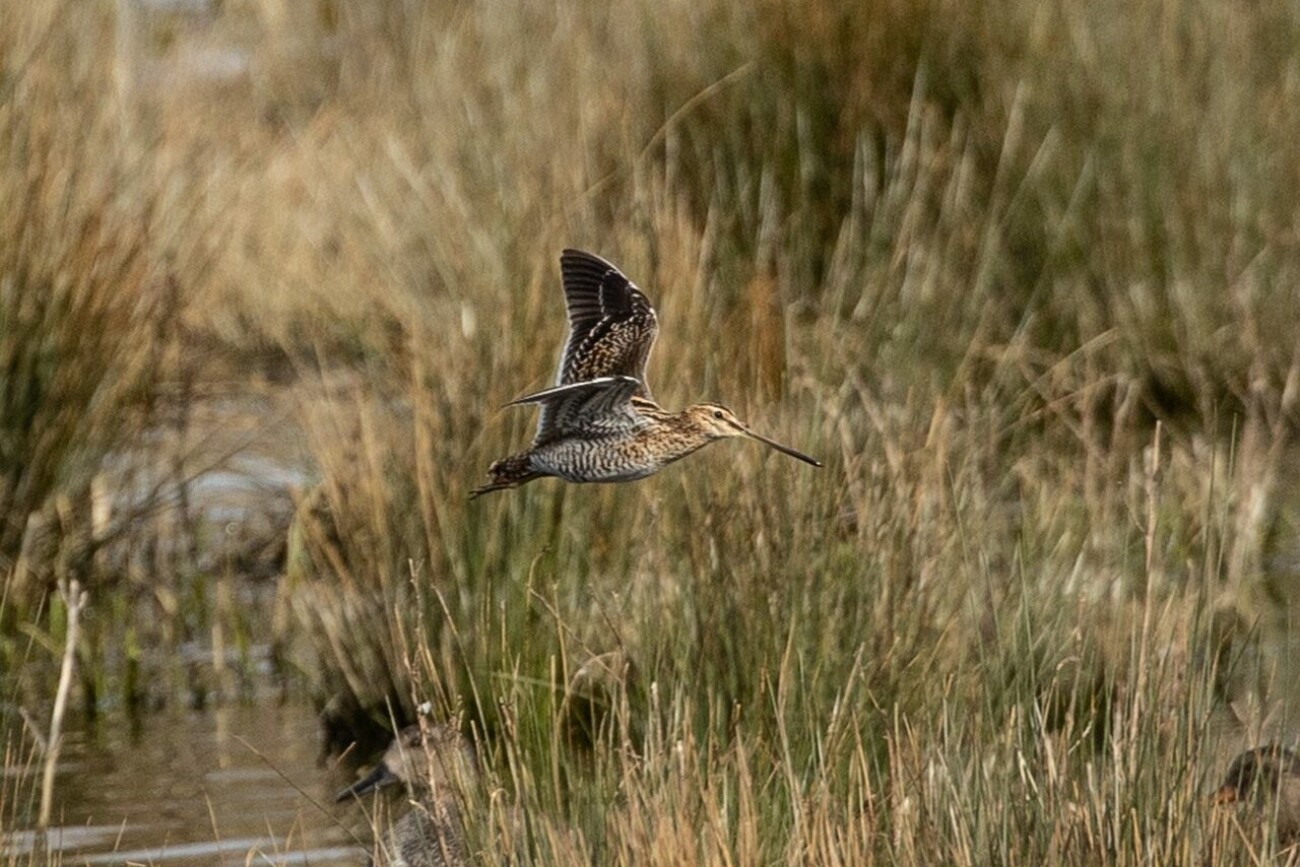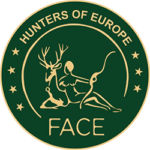The loss of biodiversity that the world has been experiencing highlights the need for all nature management decisions to be based on science-based information. The hunting sector is not an exception, work to create monitoring and managing wildlife populations systems is the best way to achieve a sustainable use of the hunting resources.
Committed to the future of the island’s wild populations, the hunters from Fuerteventura in the Canary Islands joined forces with the Island’s Cabildo and the Artemisan foundation to launch a wildlife monitoring system aiming to create a sustainable management plan for Fuerteventura’s species.
The project consists of carrying out linear surveys, made by hunters and environmental agents of the regional council, where huntable and non-huntable species are registered. The project started in December 2019, with the first surveys being made in that month and in January 2020. After this first campaign, they chose to carry out the surveys in two different periods, the first one in February, before the breeding season, and the second one in June\July, after breeding season. Have these two periods permit them to analyze how successful was the breeding season and adapt Fuerteventura’s wildlife management plan.
Policy Relevance
This citizen science monitoring project carried out by hunters and hunters’ organizations is one more example of how hunting stakeholders are helping the EU’s wildlife. Hunters know how important it is to monitor the situation of an animal species for sustainable management of that species. Spanish hunters through the Fuerteventura project make a crucial work providing up-to-date science-based information to Policy Makers to take good decisions favoring wildlife species’ future. The Fuerteventura project goes in the same direction of IUCN red-list, the 17th article of the EU’s Habitat Directive, and the 12th article of the EU’s Birds Directive creating a network to survey the trend of EU’s animal species and it is contributing to achieve the goals for the EU’s Biodiversity Strategy for 2030.

Although, during the surveys every identified species is registered, the main targets of the surveys are the barbary partridge (Alectoris barbara) and the wild rabbit (Oryctolagus cuniculus). Also, feral cats are being surveyed to assess the impact of this anthropogenic predator on the island wild species.
Throughout 2019 and 2020, 51 surveys were conducted, 36 of them during the day and 15 at night. They covered 669.15 km and an approximate area of 170.43 km² between December and May. These surveys allowed the estimation of frequency and abundance for all observed species and assessed the density of hunting species and predators. In total, 38 species were identified (31 birds and 7 mammals).
The most frequent and abundant bird species were the rock dove (Columba livia), Eurasian collared dove (Streptopelia decaocto), Barbary partridge, and raven (Corvus corax). In terms of mammals, the most frequent and abundant species were the European rabbit and domestic cat, well ahead of other observed mammals.
The Barbary partridge showed significant density variations based on the season and census route, with some routes not observing any partridges. In contrast, the European rabbit showed similar densities across different seasons but varied between routes.
Interestingly, both the partridge and rabbit exhibited higher densities in the new surveys conducted. These findings confirm the necessity of applying a adapted hunting plan for each species.
The study found a concerning high presence of feral cats in wild habitats, outnumbering rabbits in certain areas.
As a result of the study, a proposal was made to establish annual hunting days for Barbary partridge and wild rabbits, considering the local hunting traditions. Furthermore, the study recommends continuing hunting management practices such as seeding areas for hunting species, setting up watering points, and controlling opportunistic predators. The research team also warn for urgent actions to address the cat issue across the island.
Together, all the information collected during the study has led to an improved Hunting Plan proposal with the key aim to preserve and improve the island’s habitats and biodiversity.
For more information please check out:
- https://fundacionartemisan.com/investigacion/monitorizacion-de-fauna-silvestre-en-fuerteventura/
- https://fundacionartemisan.com/la-fundacion-artemisan-trabajara-junto-al-cabildo-de-fuerteventura-y-cazadores-locales-en-un-nuevo-plan-de-caza/
- https://fundacionartemisan.com/fuerteventura-censo-fauna-silvestre/
